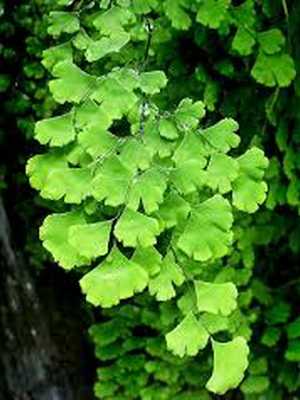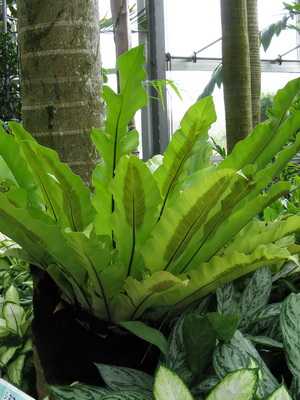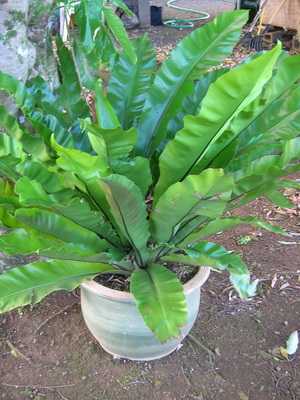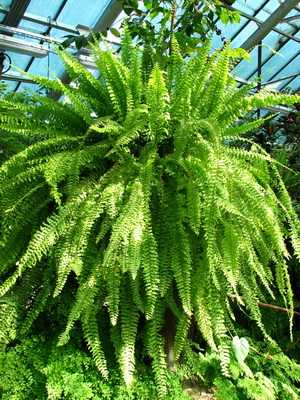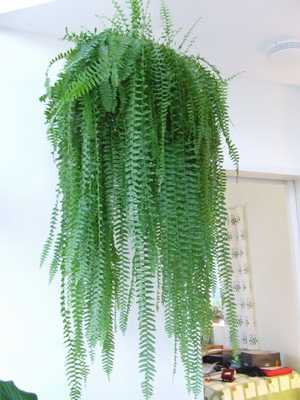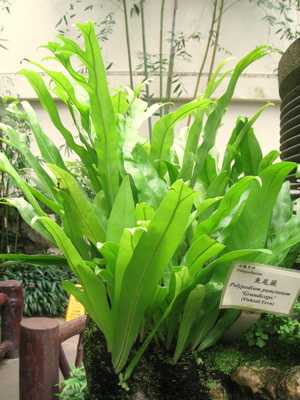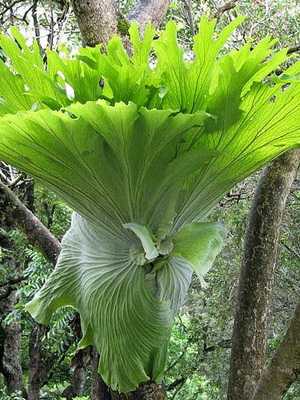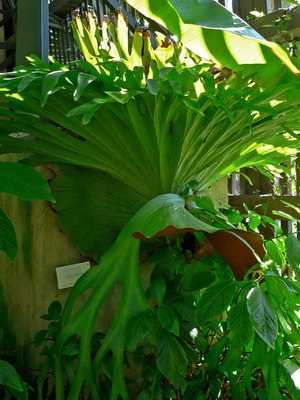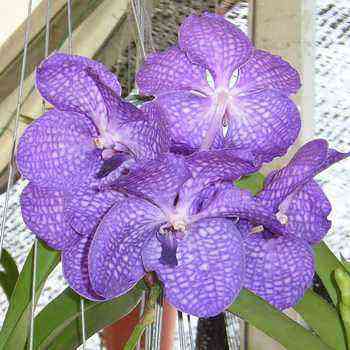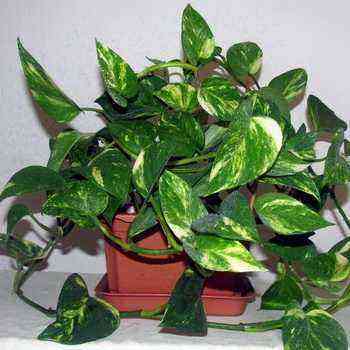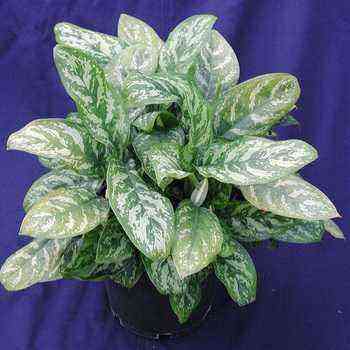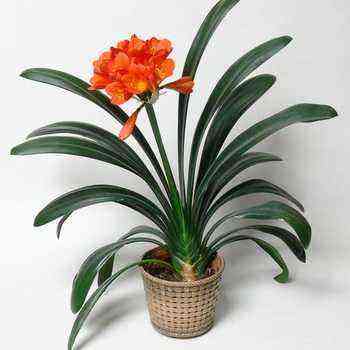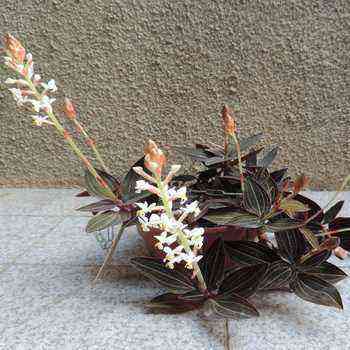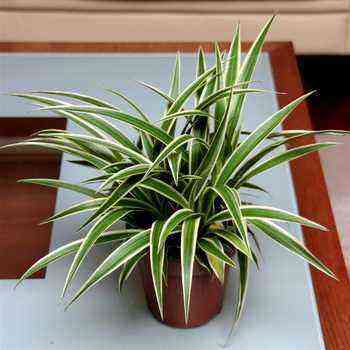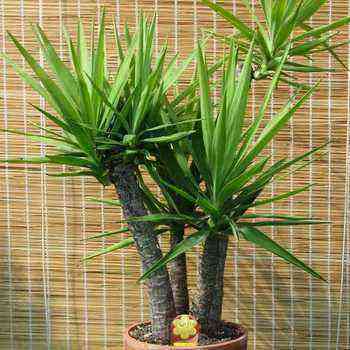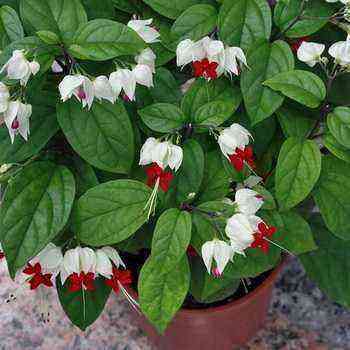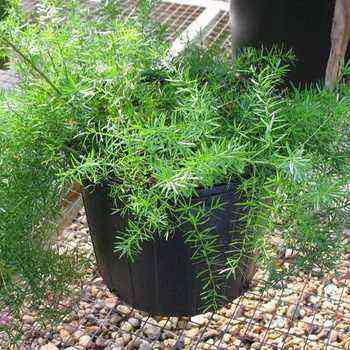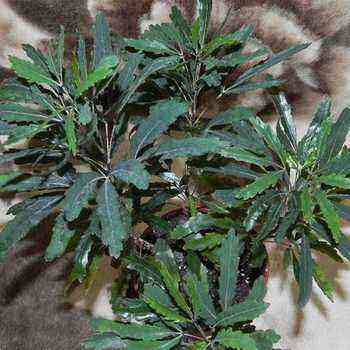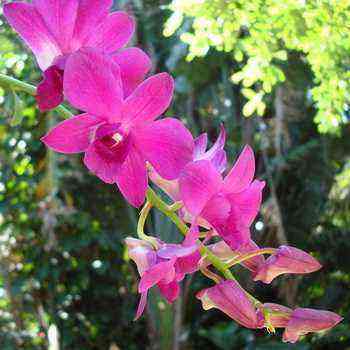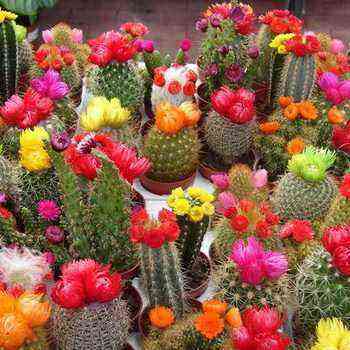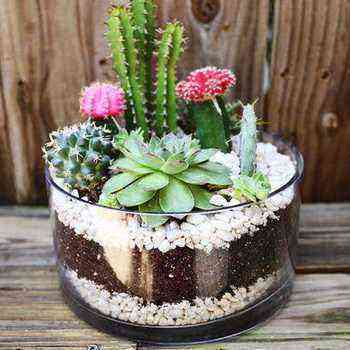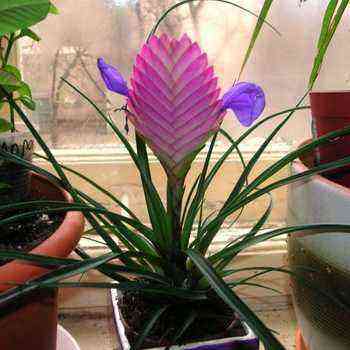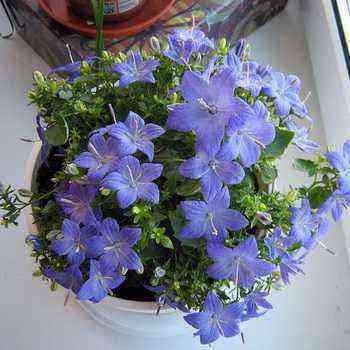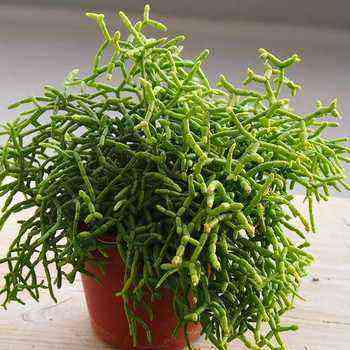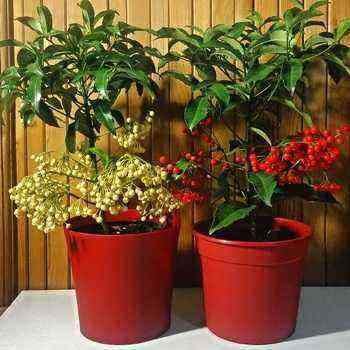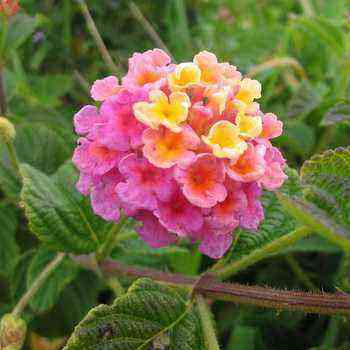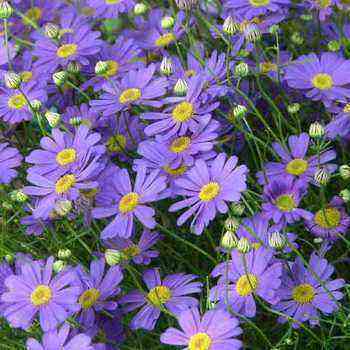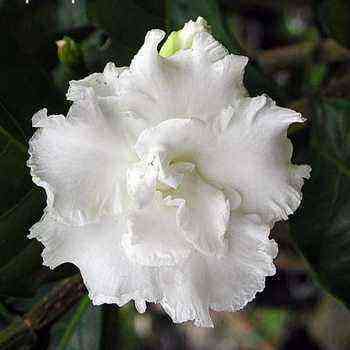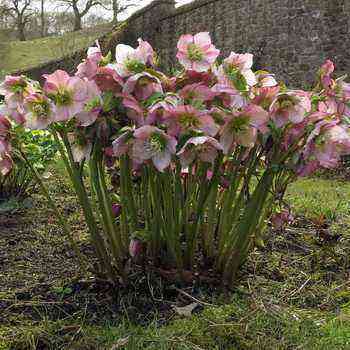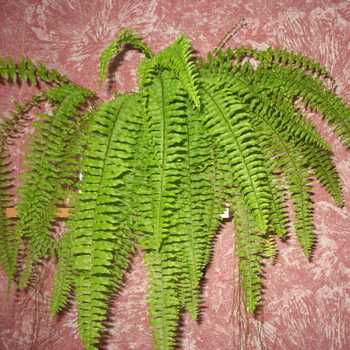
You can find the names of fern species on this page. We also bring to your attention photos of different types of ferns and recommendations for caring for plants at home.
Ferns are deciduous, decorative, shade-tolerant plants, the oldest on the planet, today they grow in the most impassable and dense forest thickets, where sunlight practically does not get, and the air is damp and motionless. Various types of ferns are used in indoor floriculture. Some types of home ferns are unpretentious and easy to care for, others do not tolerate dry air of apartments and require special devices (air humidifiers or closed florariums).
Different types of domestic ferns
Most often, in indoor conditions, you can find various types of maidenhair (Adiantum), such as:
Adiantum venerin hair (Adiantum capillus-veneris) or maidenhair Ruddy (Adiantum raddianum), with openwork frond leaves with thin, wire-like petioles.
Asplenium nesting (Asplenium nidus) with large, solid, wavy leaves at the edges, collected in a dense, rather narrow funnel-shaped rosette.
Nephrolepis (Nephrolepis) with long odd-pinnate arcuate drooping fronds of pale green color.
It tolerates room conditions well and has an interesting appearance. The centipede, or polypodium (Polypodium), is a low (up to 15 cm) fern with elongated deeply divided leathery leaves on thin petioles and a rhizome crawling over the soil surface.
Looks elegant Platitserium (Platycerium) – epiphytic fern with two types of leaves.
How to care for different types of house ferns
All types of ferns prefer to be located in the back of the room or under the canopy of larger plants, moderate warmth (in winter it can be about + 16 … + 18 ° C), Diantum Ruddy tolerates dry air well and lack of lighting, regular watering (the earthen lump should always be slightly humid) … Ferns should be sprayed on hot summer days and during the entire heating period. These plants are transplanted in the spring every 1-2 years into a soil mixture of leafy soil, coniferous soil, humus, peat and sand (2: 1: 1: 1: 1). Ferns reproduce by dividing the bush and offshoots.
Feng Shui home fern
Like many other shade-tolerant plants, ferns are dominated by yin energy, which helps calm and purify. The home feng shui fern is placed in the appropriate places – so you can “extinguish” the violent outbursts of emotions associated with work (in the Career area) or study (in the Knowledge Sector), and add cold calculation to relationships with colleagues or teachers.
Lush sprawling fern bushes increase air humidity and sound absorption in the room. Many species have phytoncidal activity and the ability to absorb harmful substances from the air (for example, formaldehyde).
